Nature reports
Publisher: Naturalis Biodiversity Center
Page 7 of 11 - 110 Results
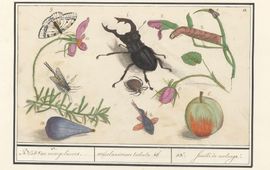
The beetle on the image above is a European stag beetle and the fruit at the bottom left is a fig - but which species of fish is that? This drawing is one in a series of several hundred drawings made and collected between 1596 and..
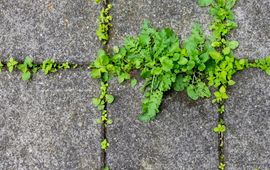
Slowly, urban planners are realizing the importance of plants, micro-organisms and animals in the city soil. In the Netherlands, the city of Amsterdam is leading the way. Their new book BiodiverCITY shows that they mean business...
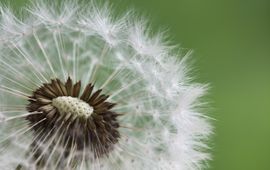
Researchers from Naturalis would like to know whether plants quickly adapt to rapidly changing environments, such as urbanization. They use the dandelion as a model for this. Their aim is to find answers to questions such as: is..
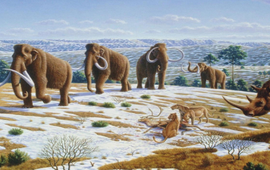
The current Arctic region is a desolate place with sparse scrubs, barely enough to support roaming reindeer. Yet 50,000 years ago, in the Pleistocene, that picture was completely different: large herds of woolly mammoths and..
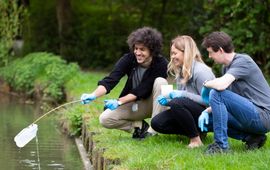
Earthwatch Europe is delighted to announce the roll-out of its FreshWater Watch programme to the Netherlands, thanks to support from Naturalis Biodiversity Center. FreshWater Watch is a global programme in which individuals and..
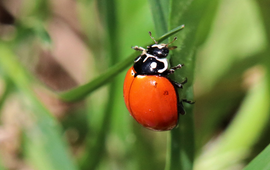
Last December, a beetle catalogue for the Dutch Caribbean was published. This voluminous paper provides the first critical review of the beetle species reported for the islands. Only about a fifth of the species which are likely..
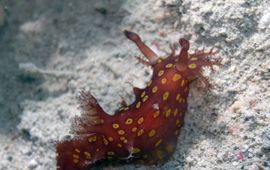
The sea slug Plocamopherus ocellatus is mainly known from observations in the Mediterranean Sea, which is not its natural habitat. Marine biologists examine this unusual species...
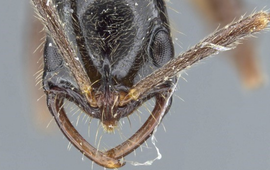
Between 2015 and 2020, researchers from the Naturalis Biodiversity Center updated the local ant species lists for the Dutch Caribbean. A large number of new species was documented, including 40 new species on Saba and 32 new..
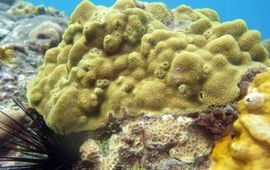
Manmade structures such as seawalls, breakwaters, and jetties are increasing in frequency in marine coastal environments. Overtime, these structures are unintentionally recruiting marine life such as corals, resulting in the..
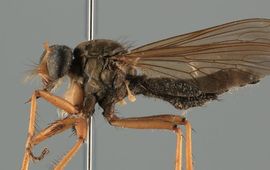
This summer, visitors to Naturalis can see something unique in the museum: a giant installation that will photograph tiny insects in detail...
